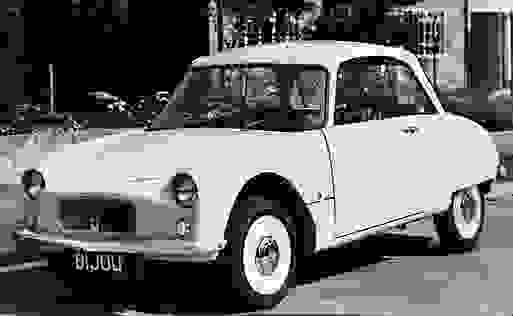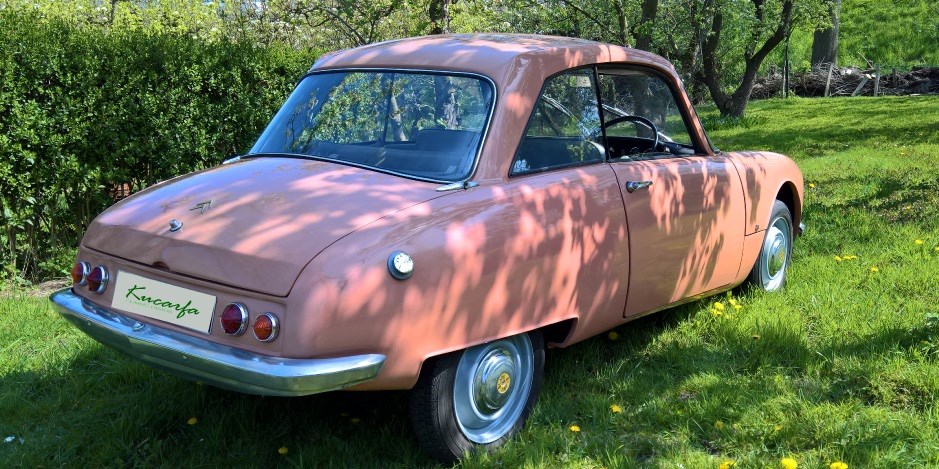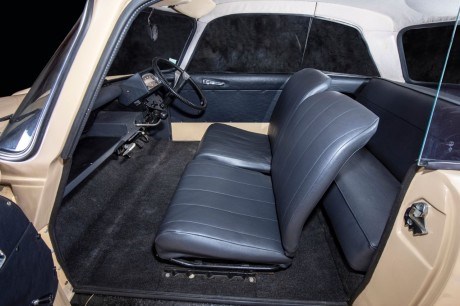
What could have pushed the managers of the British branch of Citroën to develop a coupe based on the 2CV? Unfortunately, this very original and rather stylish model did not boost sales of the little French car across the Channel.
In 1926, Citroën opened a factory in Slough, Berkshire. The factory was responsible for assembling vehicles for the Commonwealth, and it gained a certain independence immediately, as British law stipulated that an assembly line set up on its territory had to use at least 51% English parts or face heavy import taxes.
This is how the cars with the double chevron produced in Slough were directly distinguished by their unique "made in UK" finish. Launched in 1949 in France, the 2CV is the popular model for example intended to remotorize a Europe that has suffered greatly from the Second World War. It was not until 1953 that the 2CV was assembled in Slough, but it was not a commercial success. British customers did not seem to be won over by the ingenious simplicity of the French car.

Between 1953 and 1959, only 673 2CVs were produced in the English factory because the Citroën was much more expensive than an Austin A30, a very popular car across the Channel. The managers of the brand with the double chevron decide to react by developing a small coupe using mechanical parts of 2CV that they have in stock.
The parent company decided not to support this project but did not forbid it either. The English designer Peter Kirwan Taylor (who designed the first Lotus road car, the Elite) was in charge of the design of the car, which has similarities with the DS. Bearing the name "Bijou", a French name that is supposed to sound "chic", it has a fiberglass body and uses some parts of the DS like the door handles or the single-spoke steering wheel. At the beginning, Citroën Slough estimated the production rate of this car at 1,000 units per year.

A complex task
Right from the start, production problems followed and C.F. Taylor Plastics Ltd, the subcontractor in charge of building the body, did not keep up with requirements. Offered at a price of £674, the Bijou was far from cheap and the performance of its small 425 cc engine developing 12 miserable horses was also far from being up to the level of the rest of the car. Produced in a very traditional way and only in right-hand drive, the Bijou was not profitable for Citroën.
Its production stopped in 1964 after only 211 examples were made. Today, there are about 150 existing cars, many of which have received the more powerful 602 cc engine. Quite elegant with its three-body body, the Bijou is considered as the Holy Grail by 2CV collectors who appreciate its uniqueness and rarity. Sales are obviously not common, and it is necessary to count on a base of 20.000 to 40.000 € for an example in good condition.



















